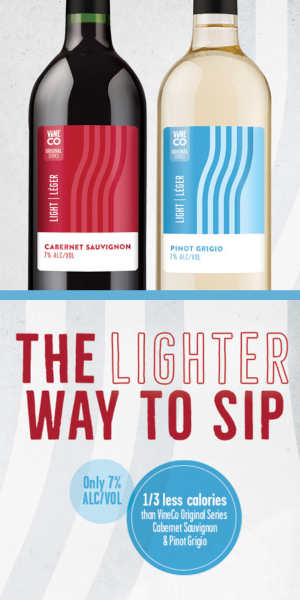Bravo for you for doing bench trials! If you’ve read my columns over the years you know that doing bench trials, that is, testing a wine treatment on a small scale (“on the lab bench”) before performing it on your entire lot, is one of my most oft-repeated mantras. You also followed another of my key winemaking axioms — always let your taste buds be your guide.
Yet another nugget of winemaking wisdom I often pass on to readers is to go slowly, do things in stages, and be conservative when making additions to wines that will dramatically change them. Adding acid, as it seems like you’ve found, is one of those things that will change many aspects of a wine, including the taste balance, perceived tartness, color, pH and microbial stability.
Speaking of which, I’m glad that you’re aware that a high pH wine is more susceptible to microbial spoilage and that, especially for white wines, a good amount of acid can help a wine age gracefully. Just a little bit can go a long way, however. I would counsel you to try a much smaller dose, like a reduction on the order of ten, and try adding 0.2 g/100 mL to your bench trial and see if you like the taste. I would wager that just that little bit, which would raise your TA to 0.644 g/100 mL, might lower your pH down somewhere in the realm of 3.50–3.55, which is fine for long term aging of a rounded-style, ML-complete Chardonnay as long as you keep your free SO2 levels around 30 ppm. If you like a little bit more of a zingy style, try 0.3 g/100 mL or 0.4 g/100 mL, but always taste afterwards.
I wouldn’t worry about the acid dissipating much. Since your malolactic fermentation is complete, the acid levels will be pretty stable. The only way you’re going to lose acid now is if you have some solid tartrate crystals fall out of solution, which will probably just move the TA by 0.02-0.05 g/100 mL, if that. That would happen under colder temperatures, such as during cold stablization. I’ve never seen huge TA or pH shifts due to tartrate fall-out during aging. That’s the beauty and the risk of adding tartaric after MLF is complete — once you add it, it’ll stick around — which is why you’ve got to be careful not to add too much and be stuck with a terribly tart wine forever.
Do you have a question for the Wine Wizard? Send your inquiries to: [email protected].




